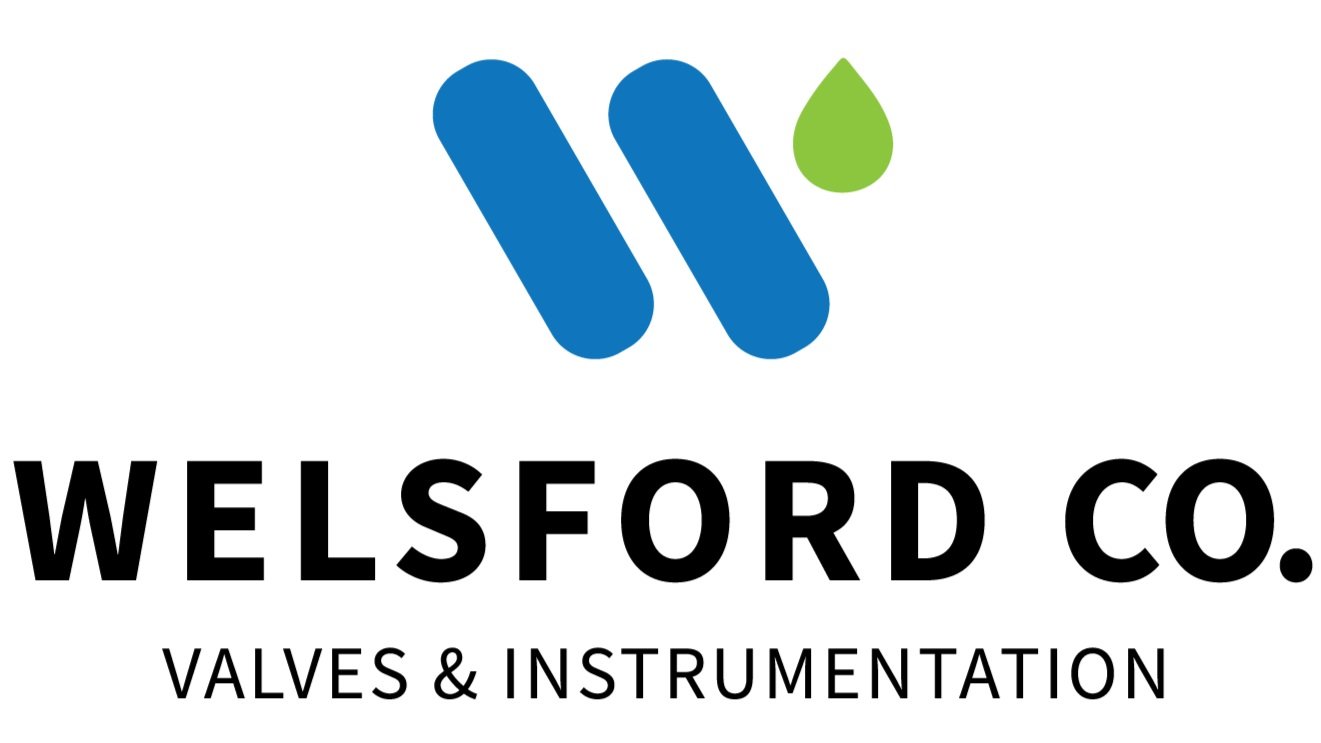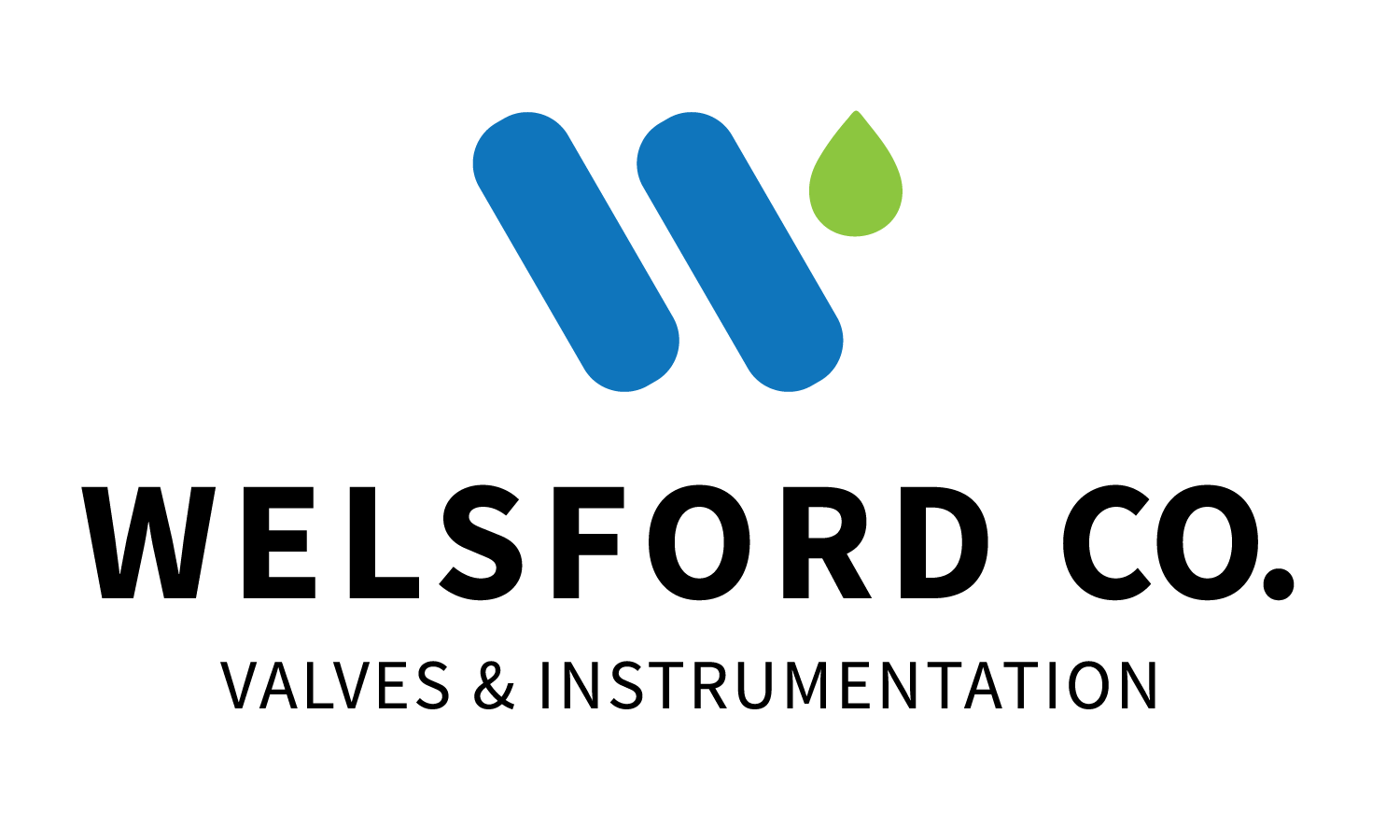Check Valves: The Cost-Effective Solution to Equipment Protection
Check valves play a huge role in the industry and are imperative in applications like water control systems, dump lines, N2 systems, and HVAC systems. Their purpose, although simple, is vital to ensuring that backflow doesn’t occur in piping and lines running in and out of equipment.
For example, if a manufacturer is mixing multiple gasses together into one gas stream for use in a product or process, they would install a check valve on each individual incoming stream to regulate the flow and prevent the backflow of those blended gasses into the inlet line.
The reason that check valves are an excellent choice in certain industries is that they operate by the pressure of the fluid that is passing through the supply line. Once the fluid in the line builds the set amount of pressure, the valve opens. The reversal of the flow, or empty line, closes the valve. The check valve allows for flow but also shuts when the pressure inside of the supply line decreases, completely stops, or starts to have backflow.
The check valve moderates the pressure flow rate of fluids in piping systems of various industries. In some low-pressure applications, they can also serve as pressure relief valves, as well as vacuum breakers. As low-pressure relief valves, check valves open to allow some media in the pressure vessel to escape, thereby lowering pressure. On the other hand, vacuum breakers allow air to flow into the pressure container to prevent a vacuum from forming. There is a variety of both general household and industrial applications for check valves, many of which are built into the design and used every day without ever noticing the valve.
Although the design of the check valve is quite simple, with one opening to allow the material into the valve, and a second opening to allow the material to exit the valve, the fact that they are a self-activating piece of equipment means they’re able to function with minimal fuss, and can be used in non-power-driven systems and automated systems alike.
Industries Reliant On Check Valves
Check valves are a cost-effective method of protecting pumps and other equipment. Check valves block pressure spikes back to a pump, which helps reduce the risk of damage to the device since spiking can cause pump housings to crack. If properly configured, check valves can also prevent vacuums from occurring because the lines aren’t allowed to fully drain. They are best known for protecting pumps and other equipment from backflow - even on low-pressure systems.
Most piston-driven pumps and diaphragm pumps employ the use of check valves to protect equipment and supply lines. The check valve’s ability to moderate the pressure flow rate of fluids in piping systems makes them an invaluable resource in most facets of manufacturing and industry.
Check valves are usually closed in their natural position, with the closing mechanism held in place by either gravity or, in most cases, a spring. These valves operate using differential pressure, meaning that they only open when the difference between the inflow and outflow pressures is positive.
However, check valves don't operate based on differential pressure alone. A specified value needs to be reached by the inflow pressure for the valve to open. This value is known as the cracking pressure. The term “cracking pressure” refers to the minimum pressure needed to overcome the closing force of the spring or gravity of a check valve in order to open it. The cracking pressure is influenced by the spring, the material from which the valve is constructed, the valve size and many other factors Check valves come in a range of sizes and are constructed from a plethora of materials, so finding a check valve that is ideal for a particular application can be time-consuming.
Chemical, Power Plant, and Nuclear
Many power plants use a cooling water supply system to cool reactors and other high-temperature range equipment. Without the use of cooling water systems, the equipment used in these applications cannot be quickly cooled to a temperature range acceptable for use. Check valves serve in cooling systems to prevent the flow of hot water, which has been heated after flowing through hot equipment, back into the reservoir of cold water.Water Control/Wastewater Systems
Any water supply or wastewater treatment system employs the use of check valves in its processes. The need for backflow prevention in potable water and waste removal is imperative, and check valves allow for backflow prevention at individual cross-connection points.HVAC
Check valves are commonly used in HVAC supply lines, usually in coolant supply lines, which need to pump coolant many stories high.Lift Stations
Sump disposal, wastewater, and lift stations commonly use check valves in their supply and discharge lines. The reason for this is that the centrifugal pump, which is most commonly found as the supply pump in water processing systems, isn’t self-priming. By installing check valves, the system will maintain some water in the line, which ensures that the system won’t become vacuum-locked and require priming.Aerospace and Aircraft
Due to the extreme vibration and corrosive fluids that are used in both aerospace and aircraft manufacturing, the check valve plays a critical role in the equipment that is used in these processes.
Why Is Backflow Prevention The Objective?
In potable water supplies, backflow can lead to a potentially deadly situation. Backflow prevention is necessary to protect potable water supplies from contamination and pollution reaching the main potable water tank. Water in distribution lines, such as those going to your faucet, is under enormous pressure so that you can have water on demand. However, in situations where pressure fails or is greatly reduced - when pipes freeze or burst - you have a potential for contaminated water entering the supply lines. This can come from the soil, other storage points, or a multitude of other sources, so backflow prevention is in place to ensure the contaminants don’t get drawn into the potable water supply.
Check Valve Types And Applications
Ball Check Valves: A ball check valve is a simple and reliable valve where the only moving part to block the reverse flow is a spherical ball. The full-ported valve seat is uniquely designed, allowing the ball to sit leak-tight without getting wedged into the valve seat.
Dual Disc Check Valve: Two spring-loaded plates are hinged on a central hinge pin: as flow decreases, torsion closes the plates, thereby shutting the valve. Dual Disc check valves are just one variety of silent check valves.
Tilting Disk Check Valves: These check valves are designed to fit between two flanges and are great for large diameter applications. They have a quick closing response that makes them particularly suited for pulsating flows.
Wafer Check Valves: A wafer check valve opens and closes when an extremely low-pressure difference over the valve disc occurs. These compact and low-cost check valves have a great deal of popularity due to these traits.
Non-Slam Check Valves: The non-slam check valve doesn’t rely on gravity to operate as a lot of check valves do. When fluid velocity decreases, a spring assist on the valve closes the disk.
Swing Check Valves: In a swing check valve, the disk is suspended from the body by a hinge pin, and it seals against the seat which is flush to the body. These check valves aren’t suitable for pulsating flow applications.
Piston Check Valves: Piston check valves are often used to protect pumps and similar equipment. They allow for one-directional flow and prevent flow reversal by backpressure. However, they don’t afford drop-tight sealing in gas and fluid applications, which makes them a poor choice for use in gas and fluid systems. However, there are plenty of other styles of check valves that are ideal for gas and fluid applications.
Disk Check Valves: These check valves are opened by fluid pressure and closed by a compression spring when the fluid pressure stops.
Summary
Check valves are used in numerous applications across various industries. While they can serve in pressure relief applications, check valves serve, primarily, to prevent backflow - a phenomenon that can have devastating effects. This function of relatively inexpensive check valves helps prevent extremely costly and time-wasting damage to upstream equipment of various types.

